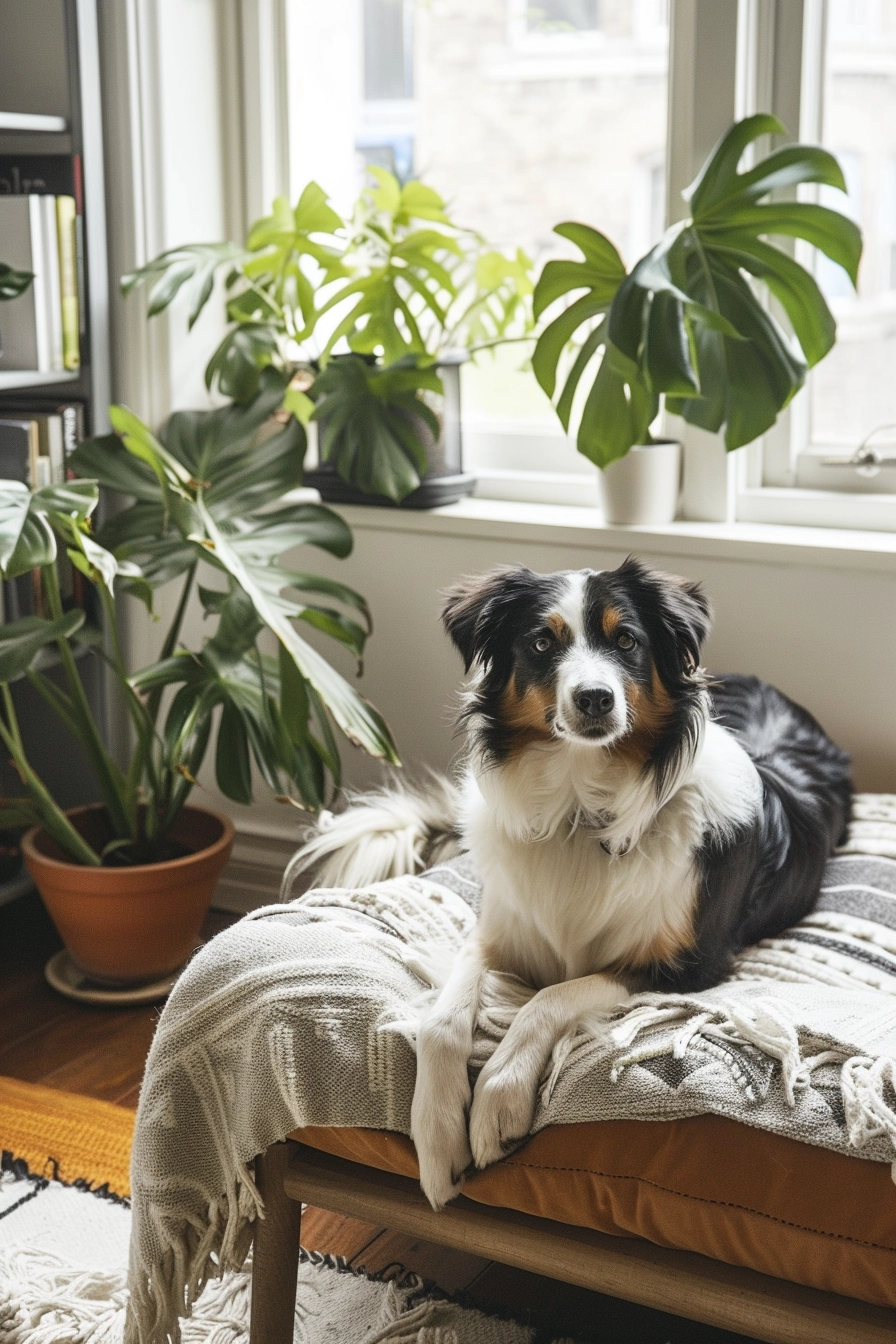As a pet owner and plant lover, I understand the desire to have a harmonious home where furry friends and leafy companions coexist. However, it’s essential to navigate this delicate balance with caution, as many common houseplants can pose a threat to our beloved pets. In this article, I will guide you through the dos and don’ts of mixing houseplants and pets, sharing valuable insights to ensure the well-being of both.
Key Takeaways:
- Choose pet-friendly plants that are non-toxic to cats and dogs
- Some safe houseplants for pets include air plants, African violets, and Boston ferns
- Implement pet-friendly gardening tips, such as using tall planters or hanging baskets
- Monitor your pets’ behavior and consult a veterinarian if you suspect plant poisoning
- With proper care and attention, you can enjoy the benefits of both houseplants and pets in your home
Pet-Friendly Gardening Tips
When it comes to creating a safe and harmonious environment for both your houseplants and pets, a few simple strategies can go a long way. By following these pet-friendly gardening tips, you can ensure the well-being of your furry friends while enjoying the beauty of your indoor greenery.
Keep Plants Out of Reach
One of the easiest ways to prevent your pets from accessing your houseplants is by placing them in tall planters or hanging baskets. This not only adds a decorative touch to your space but also keeps the plants safely out of your pet’s reach. Another option is to restrict access to certain areas of the house, such as the bedroom or kitchen, where you keep your plants.
Protect Against Digging
If you have cats who love to dig in the soil, try covering the surface of the plant’s pot with tin foil. Cats are often deterred by the texture and sound of foil, making it less tempting for them to disturb the plants. Alternatively, you can use a cat scat mat, which has small plastic spikes that are harmless to your furry friends but uncomfortable for them to step on.
Repel with Smell
Some pets are deterred by certain smells. To keep them away from your plants, soak cotton balls in vinegar or rubbing alcohol and place them on the soil surface. The strong scent can help repel your pets. Another effective method is using lemon or orange peels. Not only do these citrus peels add a fresh fragrance to your space, but most pets are also naturally repelled by the smell.
Be Cautious of Plant Consumption
While you may have pet-friendly plants, it’s important to remember that the consumption of any plant material can cause gastrointestinal illness in dogs and cats. Keep an eye on your pets and discourage them from nibbling on the leaves or flowers of your houseplants. If you suspect your pet has ingested something poisonous, contact your veterinarian or the APCC 24-hour emergency poison hotline immediately.
By implementing these pet-friendly gardening tips, you can create a safe and enjoyable environment for both your beloved pets and your houseplants. Remember to always prioritize the health and well-being of your furry friends while beautifying your living space.

Conclusion
When combining houseplants and pets, it is crucial to take precautions to ensure the safety of our furry friends. By choosing pet-friendly plants that are non-toxic to cats and dogs, we can create a harmonious environment where both plants and pets can thrive.
Implementing pet-friendly gardening tips can further safeguard our pets from potential plant toxicity. Keeping plants out of reach through the use of tall planters or hanging baskets can prevent accidental ingestion. Closing off certain areas of the house can also provide a safe space for our pets to explore without the risk of encountering toxic plants.
Regular monitoring of our pets’ behavior is essential, as early intervention is key in preventing plant poisoning. If there is any suspicion of plant ingestion, it is crucial to consult a veterinarian immediately. Taking prompt action can make a significant difference in the health and well-being of our beloved pets.
With proper care and attention, we can enjoy the beauty and benefits of both houseplants and pets in our homes. By selecting pet-friendly plants and implementing pet-safe gardening practices, we can create an environment that nurtures both our love for plants and our deep bond with our pets.

